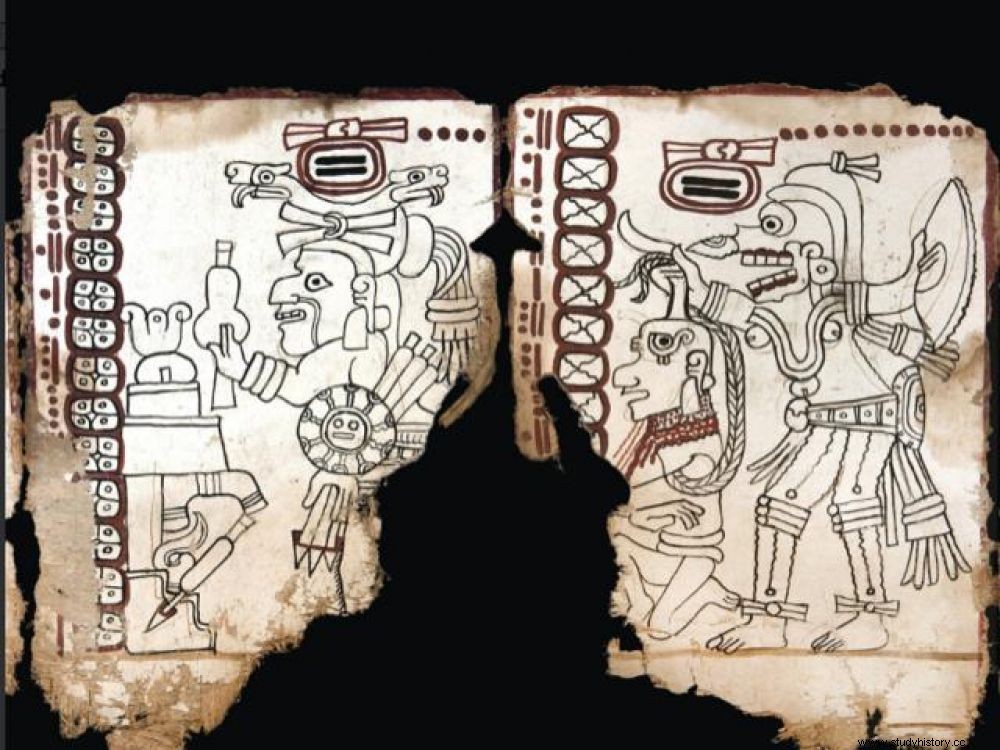This Mayan document is the oldest manuscript on the American continent. Its authenticity has just been definitively ratified by the management of the National Institute of History and Anthropology (INAH) in Mexico City (Mexico).

The Grolier Codex is named after the New York bibliophile club to which it was first introduced.
Made by Diego Prieto, the director of Inah, the official announcement of the recognition as original of the Codex Grolier - today called "Codex Maya of Mexico" -, puts an end to decades of controversy. The controversy arose from the discovery of this collection as part of a looting and its different style. Some found it too ugly to be true! In 2016, following the work of an American team, Sciences et Avenir had already gone over the history of this extraordinary work, probably produced between 1021 and 1154 AD. It is therefore now the oldest pre-Hispanic document in America. Removed from the reserves of the National Museum of Anthropology in Mexico City where it was kept until then, it will be presented to the public for the first time from September 27, 2018.
The Grolier Codex is made up of 11 folded pages of amate paper (from Nahuatl amatl), which is made from plant fibers. It was originally to have 20. The document was therefore discovered by looters in a cave in Chiapas, Mexico, in 1965. Several other objects - a mosaic mask and a sacrificial knife - were discovered at the same time. The name of this Mayan codex refers to the New York bibliophile club where it was presented in 1971. It had been sold to a Mexican collector named Josué Saenz. The Codex Grolier was painted black with just a few details colored with red hematite and "Maya blue" (pigment). It was intended for tracking the movements of the planet Venus, the brightest celestial object in the sky after the sun and the moon.
